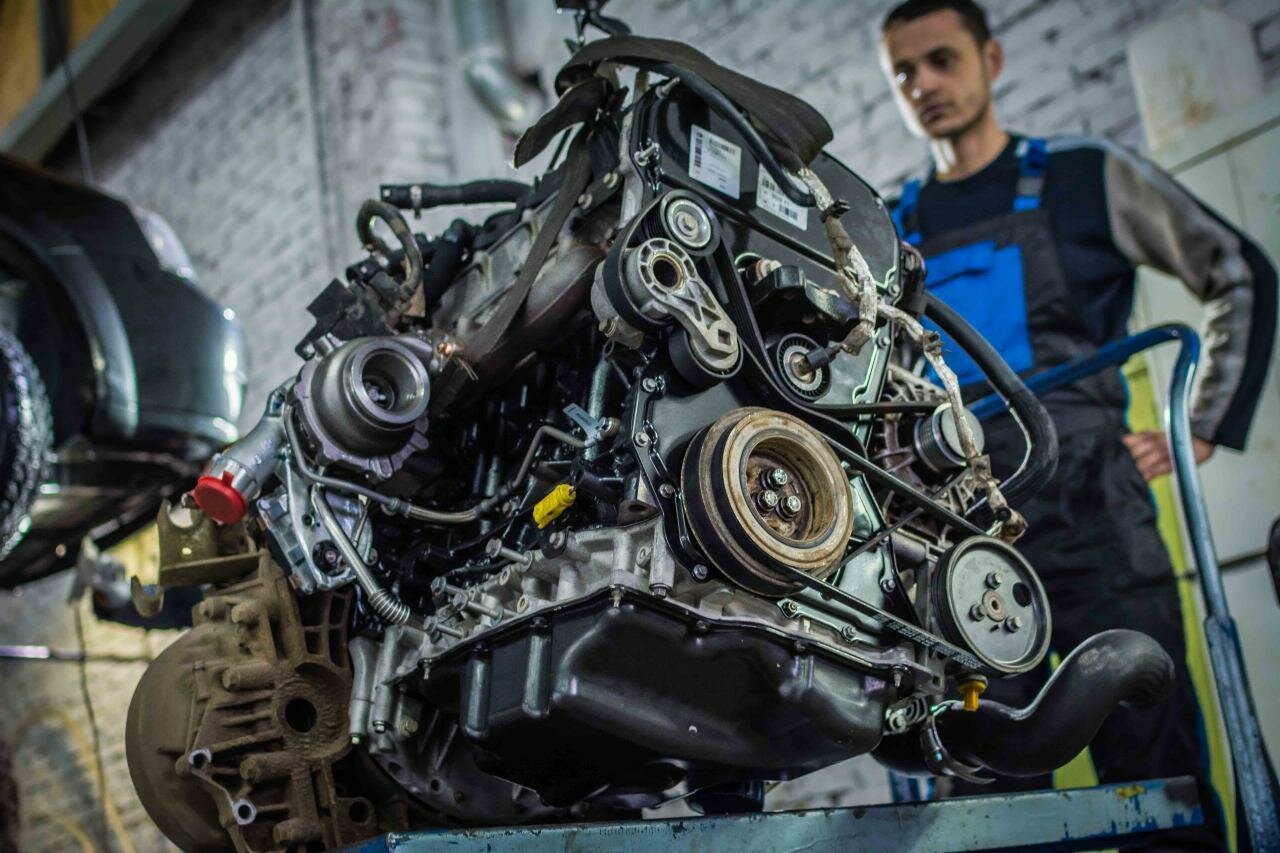Overview of the 2015 Ford 5.0 Engine
The 2015 Ford 5.0 engine, part of Ford’s Modular engine family, has been a significant player in the automotive landscape since its introduction. This engine, known for its robust performance and versatility, powers a variety of Ford vehicles, including the popular F-150 pickup truck. The 5.0-liter V8 engine is designed to deliver a balance of power and efficiency, making it a favored choice among truck enthusiasts and everyday drivers alike.
Historical Context
The 5.0-liter V8 engine has a rich history, tracing back to its origins in the 1970s. Over the decades, it has undergone numerous revisions and upgrades to meet evolving performance standards and consumer demands. By the time the 2015 model year rolled around, the engine had been refined to include features such as direct fuel injection and variable valve timing, enhancing its power output and fuel efficiency.
Despite its advancements, the 2015 Ford 5.0 engine is not without its issues. Owners have reported a range of problems, from minor annoyances to significant mechanical failures. Understanding these issues is crucial for current and prospective owners, as they can impact the vehicle’s performance, reliability, and overall ownership experience. This article will delve into the specific problems associated with the 2015 Ford 5.0 engine, providing a clear picture of what to expect and how to address these concerns effectively.
Common Issues with the 2015 Ford 5.0 Engine
The 2015 Ford 5.0 engine has garnered attention for both its performance capabilities and the various problems that have emerged over time. While many owners appreciate the power and efficiency of this engine, several issues have been reported that can affect its reliability and overall driving experience. Below are some of the most common problems associated with the 2015 Ford 5.0 engine.
Engine Misfires
One of the most prevalent issues reported by owners is engine misfires. Misfires can occur due to various reasons, including:
- Faulty spark plugs
- Worn ignition coils
- Fuel delivery problems
Misfires can lead to a rough idle, decreased power, and increased emissions. If not addressed promptly, they can result in more severe engine damage.
Oil Consumption
Another significant concern is excessive oil consumption. Many owners have reported that their 2015 Ford 5.0 engines consume oil at a rate higher than expected. This can be attributed to:
- Piston ring wear
- Valve seal failure
- Defective oil control rings
High oil consumption can lead to engine wear and potential failure if the oil levels are not monitored and maintained.
Cooling System Failures
The cooling system in the 2015 Ford 5.0 engine is critical for maintaining optimal operating temperatures. However, several owners have experienced issues such as:
- Leaking coolant hoses
- Water pump failures
- Thermostat malfunctions
Cooling system failures can lead to overheating, which can cause severe engine damage if not addressed quickly.
Fuel Injector Problems
Fuel injectors are essential for delivering the right amount of fuel to the engine. Issues with fuel injectors can manifest as:
- Clogged injectors
- Leaking injectors
- Inconsistent fuel delivery
These problems can result in poor fuel economy, reduced power, and increased emissions.
Transmission Issues
While not directly related to the engine itself, many 2015 Ford 5.0 owners have reported transmission problems that can affect overall performance. Common transmission issues include:
- Delayed shifting
- Rough shifting
- Transmission slipping
These issues can lead to a frustrating driving experience and may require costly repairs.
Top views |
|
|---|---|
 |
Oil, Timing Chains, Pistons: What Really Kills an Engine Prematurely? |
 |
How to Choose a Car with a Reliable Engine: Used Car Market Hacks That Actually Work |
Symptoms and Consequences
Understanding the symptoms associated with these problems can help owners take proactive measures to mitigate potential damage. Below is a table summarizing the common symptoms and their consequences.
| Symptom | Possible Consequence |
|---|---|
| Engine misfire | Rough idle, decreased power, increased emissions |
| Excessive oil consumption | Engine wear, potential engine failure |
| Overheating | Severe engine damage |
| Poor fuel economy | Increased operating costs |
| Delayed or rough shifting | Frustrating driving experience, costly repairs |




0 Comments